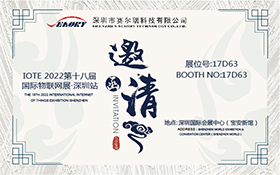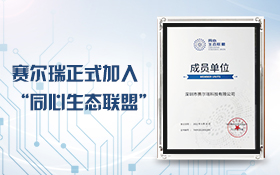
The application of Library RFID Tags
Nov. 6th, 2024
With the rapid development of information technology, the management and services of libraries are also constantly changing. As an advanced automatic identification technology, RFID(Radio Frequency Identification) has been widely used in the library field. This technology has brought many innovations and improvements to the management, services and resource utilization of libraries.
RFID tags are composed of tag chips and antenna. Its working principle is to use the radio frequency signal through spatial coupling (cross -magnetic field or electromagnetic field) to achieve non -contact information transmission and to achieve the identification purpose through the transmitted information. When a book with an RFID tag approaches the working area of the RFID reader, the reader will send a radio frequency signal. After receiving the signal, the tag will send the book-related information (such as the title, author, call number ,collection location, etc.) stored in the chip to the reader, and the reader will then transmit this information to the management system of the library for processing.

Traditional library collection inventory work requires library staff to check book information one by one, which is a lot of work and prone to errors. After using RFID tags, library staff only need to walk around the bookshelves with RFID readers, and the readers can quickly identify the book tag information on the bookshelf and compare it with the collection data in the library management system. This can greatly improve the speed and accuracy of inventory. Inventory work that may have taken days or even weeks can now be completed in hours or days.
For example, some large libraries have millions of books in their collections. Traditional inventory counting methods can only be performed a limited number of times each year, making it difficult to ensure the accuracy of collection data. However, after applying RFID technology, regular and comprehensive inventory counting can be performed to promptly detect problems such as misplacing and loss, effectively improving the quality of collection management.

The RFID system can accurately determine the location of books on the bookshelf. After readers borrow or return books, staff can quickly learn the specific location of the books through the management system, avoiding the tedious process of manually searching for the location of books. At the same time, when readers are looking for a book in the library, they can also obtain the specific shelf information of the book through the query system, which improves the efficiency of readers obtaining books.
For example, in university libraries, when students and teachers need to quickly find the professional books they need, they could query the location of books with RFID tags through the query terminal in the library, and find the bookshelf where the books are located in the shortest time, saving valuable study and research time.
In the borrowing process, RFID technology realizes automated operation. When readers put the borrowed books on the borrowing table, the RFID reader could read the tag information of multiple books at the same time, quickly complete the borrowing procedures, and greatly shorten the waiting time of readers. When returning books, it could also be processed quickly, and the system will automatically update the borrowing status of the books.
When applying RFID tag technology, libraries could combine their own actual conditions and proceed from actual needs to better play the role of RFID tags in the modernization of libraries.
Tel:+86-755-2699 7700 Fax:+86-755-2699 7711
Email:info@seaory.com Más información+





